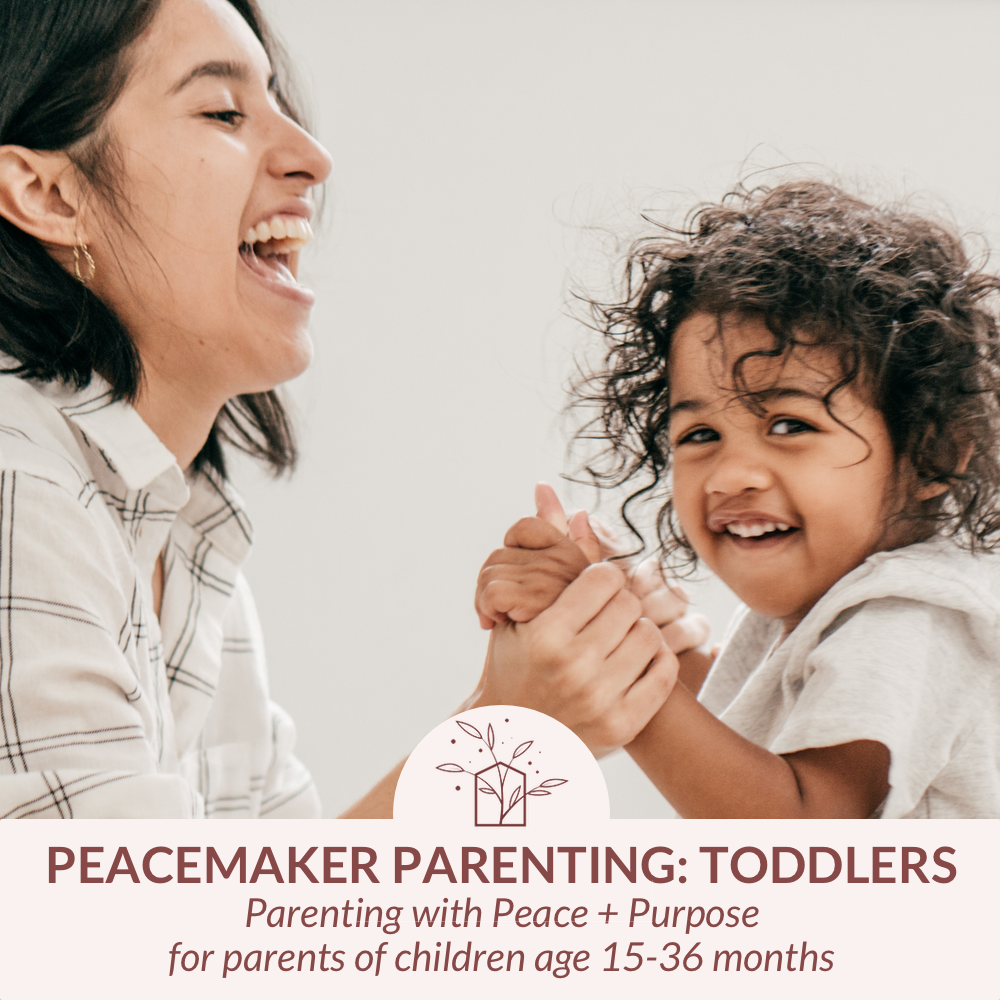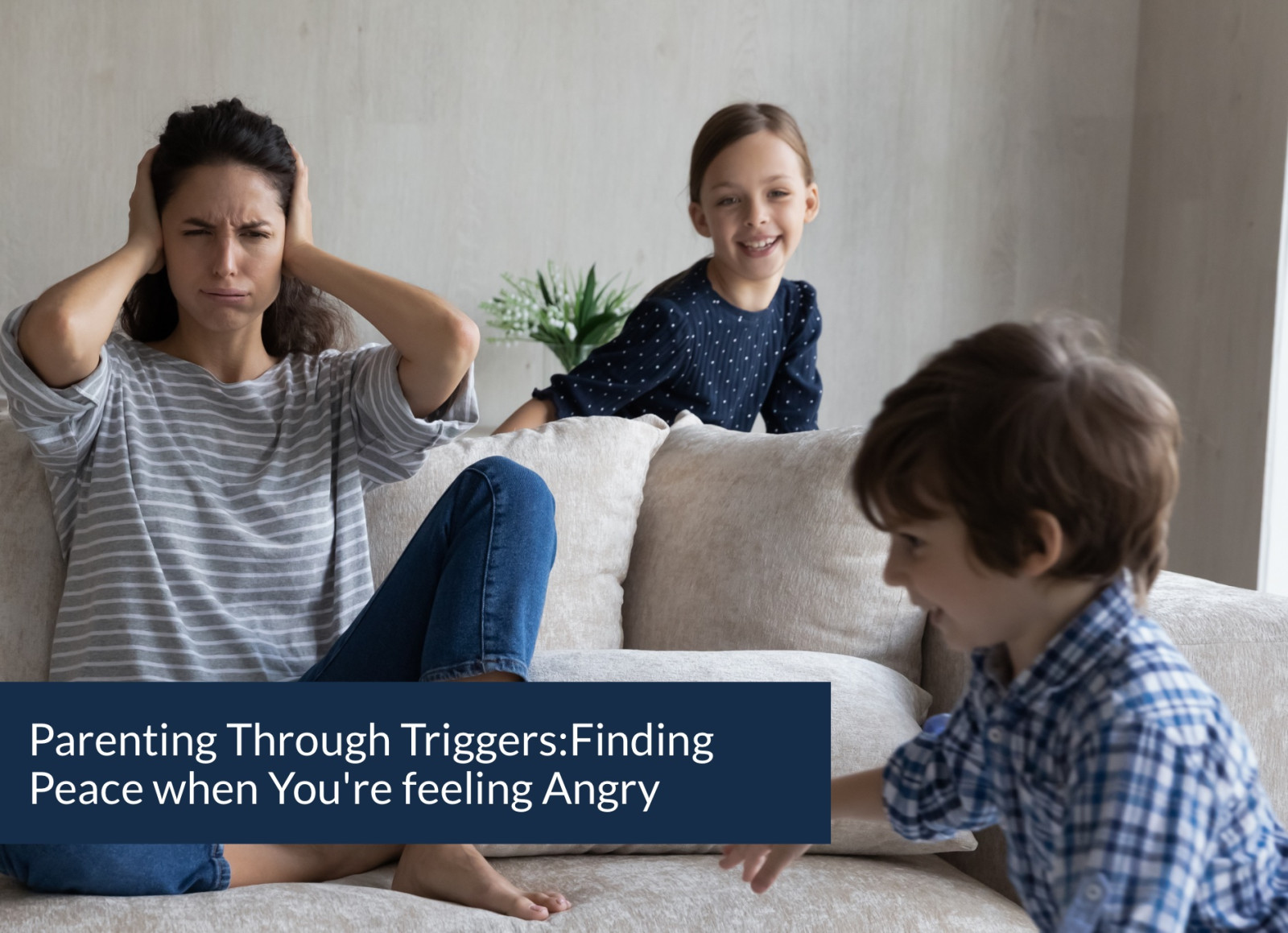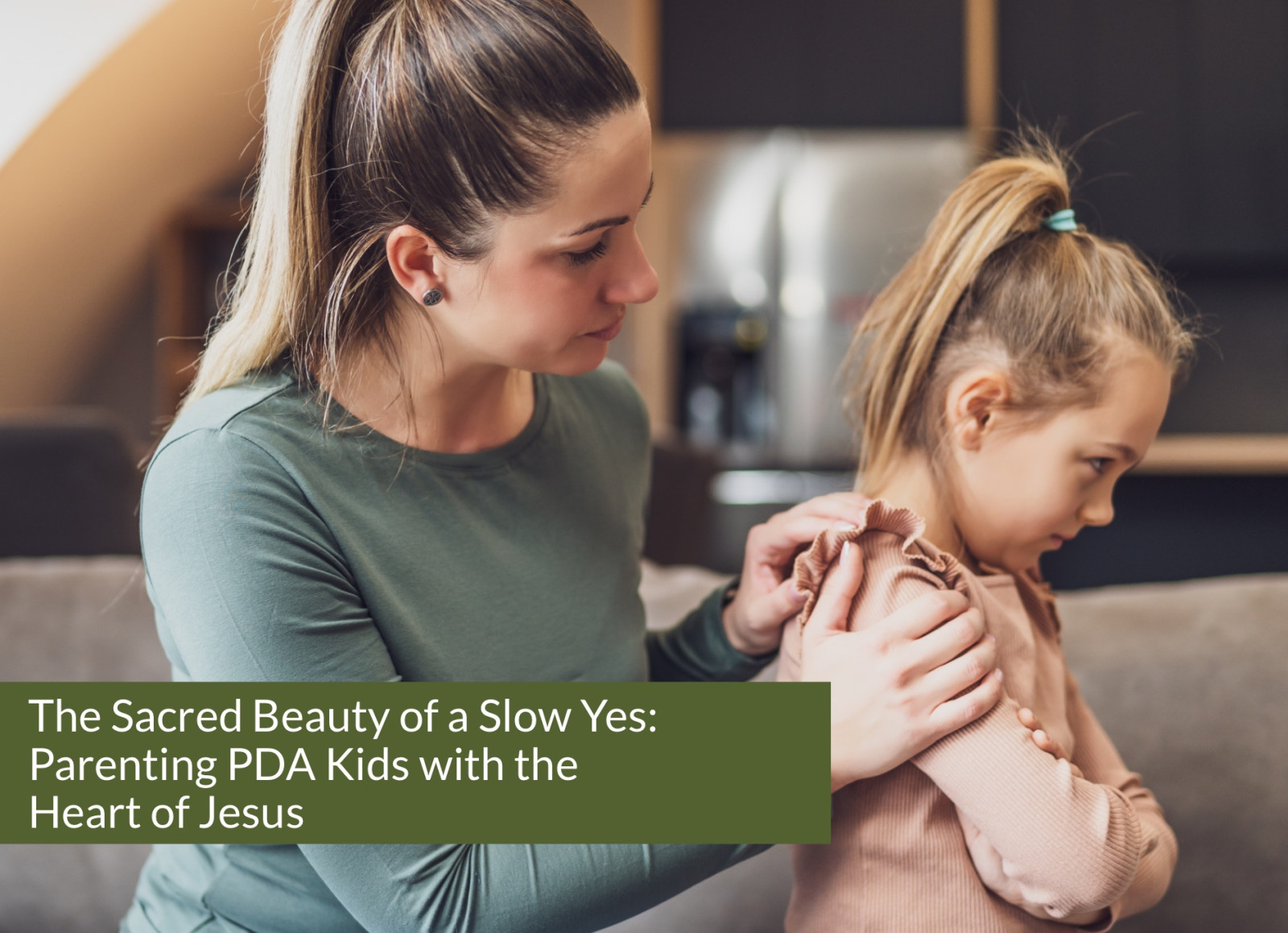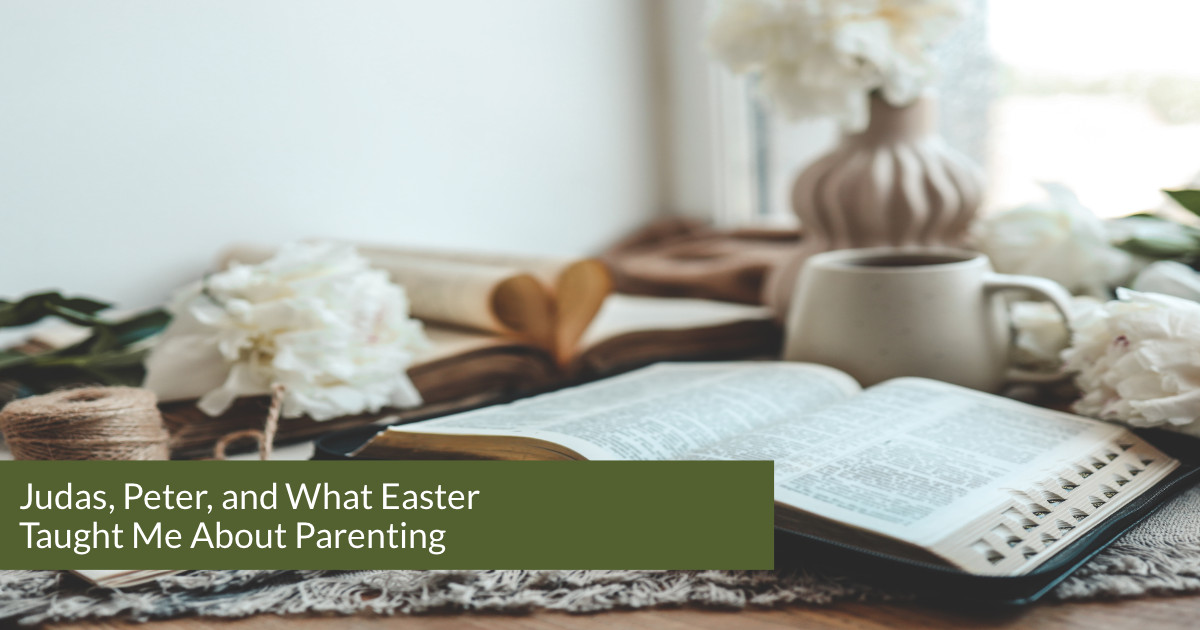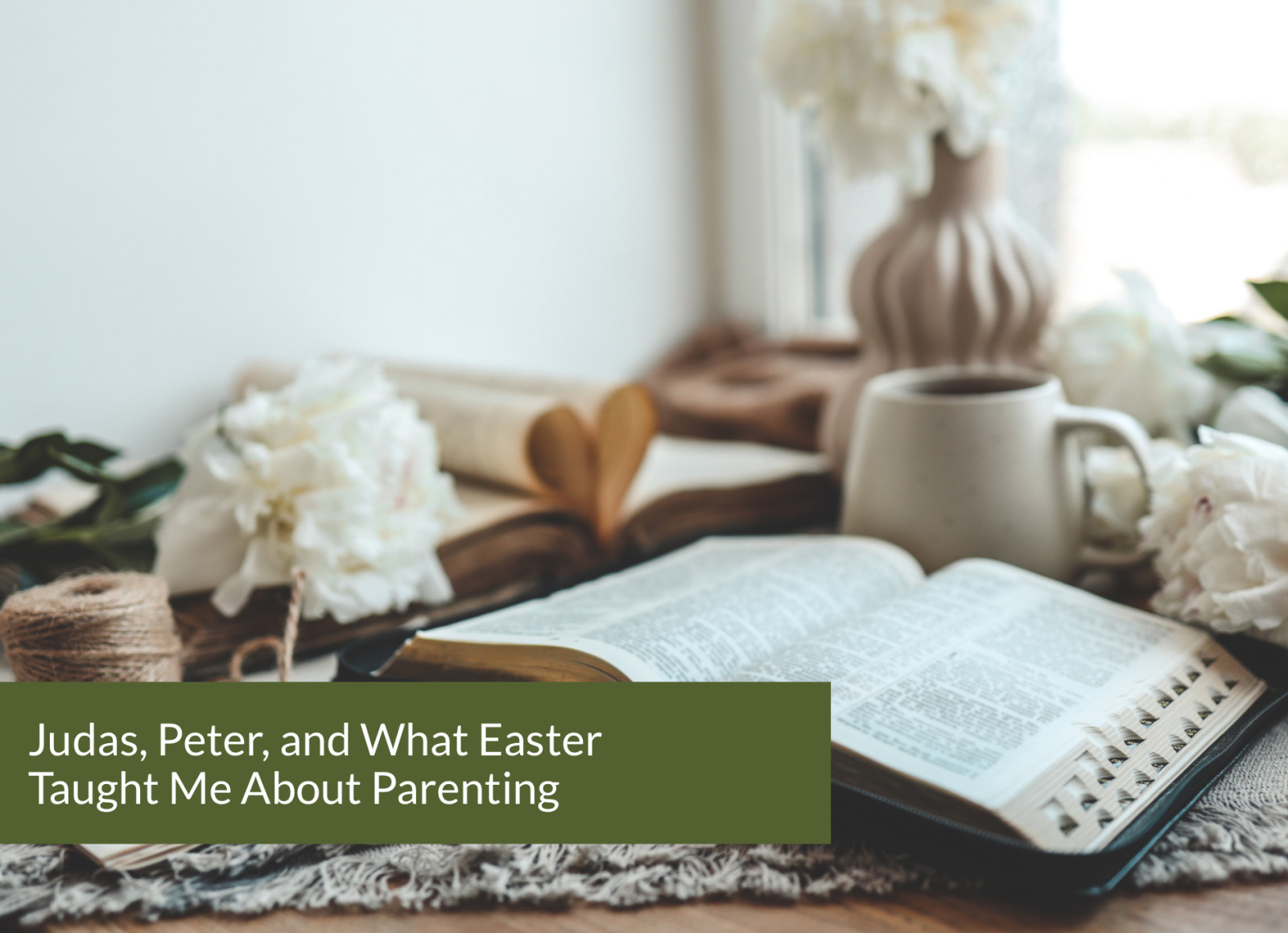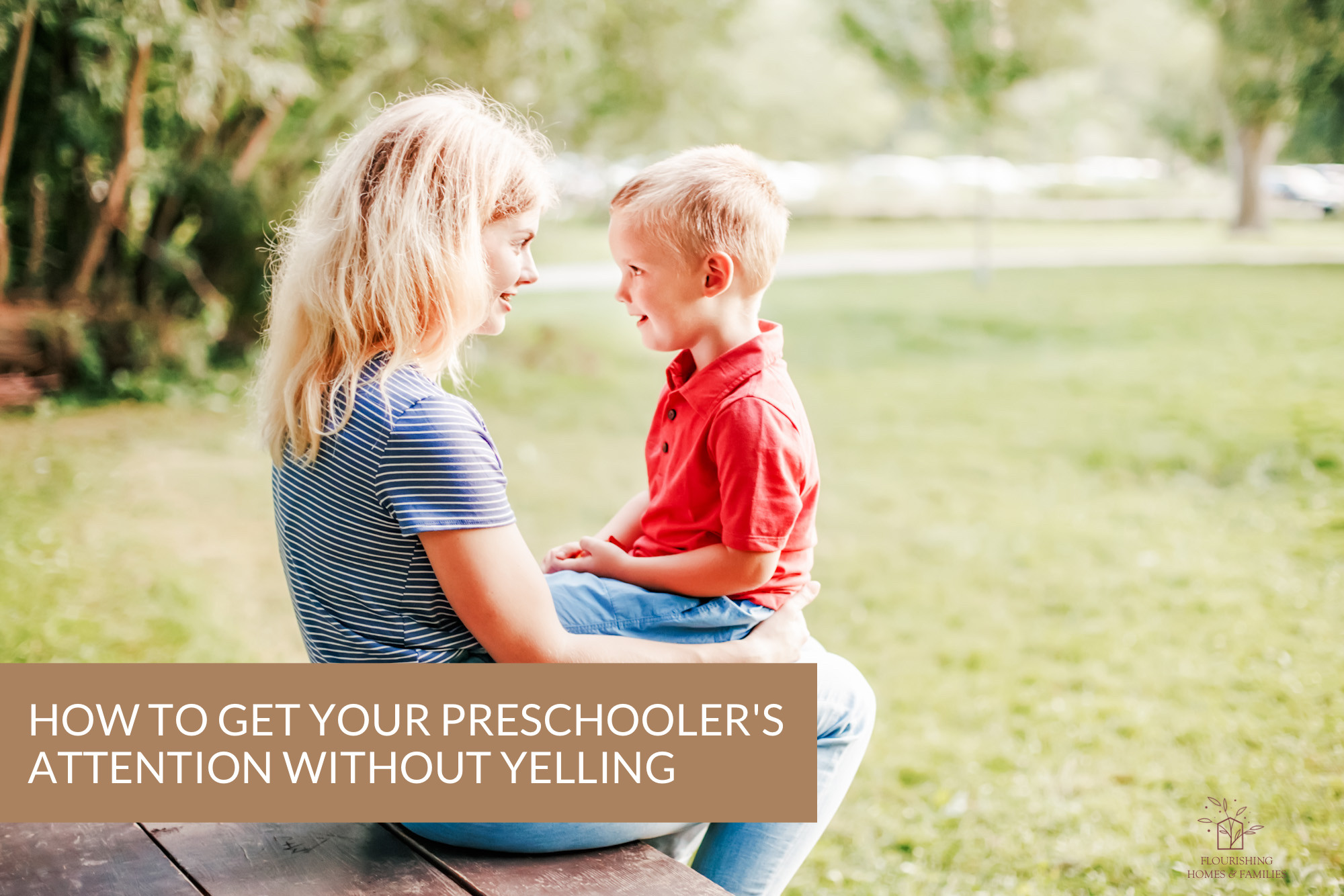
No one really wants to have to yell at their kids to get their attention, right? The thing is, children's brains transition much more slowly than adult brains do, which means even if they hear you talking, you don't necessarily have their attention. Here are four easy ways to get their attention without yelling, while also building connection and strengthening your bond with your child.
1. Be silly
Getting down on their level and being silly and playful invites them from their world of fun and imagination and into your world of fun.
- "I can't remember, are your eyes purple? Do you have purple eyes? Can I see them?"
- "Are my eyes opened or closed?" (Then keep one eye open and one eye closed like you're winking at them.)
- "My tongue! It's stuck out! I can't get it back in! I need some one to poke my tummy so my tongue will pop back in my mouth!"
2. Be curious
When you take time to notice what they're engaged in or mention something you admire or love about what they're doing, it gently shifts their focus to you.
- "I see you're coloring a rainbow. It looks like you used all of the colors and made it really big and bright. What is your favorite thing about this picture?"
- "It looks like you're having fun playing with your Paw Patrol toys. What kind of adventure are they on?"
3. Gently touch their shoulder, cheek, or chin
Getting down at eye level or lower disarms children and helps them instinctively know that you are not there for a power struggle or to control them. Gently touch their shoulder, cheek, leg, or chin to get their attention while asking a question about the activity they're engaged in. "You're paying really close attention to this LEGO project. What are you building?
4. Sing or whisper
If you need their attention right away, and can't get close to them, try singing their name or even whispering if you're close enough that they'll hear it. This is a low-pressure way to get their attention and help draw them to you.
5. Instead of counting to three, have them count
Many parents use the 1...2...3... method to get their children to listen or obey. Instead of counting to get your child's attention, help them access the logical and problem-solving parts of their brain by inviting them to count.
- "How many fingers am I holding up?" (If they answer and then look away quickly, do it again, or quickly change how many fingers you're holding up so they pay closer attention.)
Children can easily get lost in their own imaginative world and focused on their own agenda - and that's a good thing, it's one of the things we love about them! As a Peacemaker Parent, you can gain their attention without getting harsh or yelling, and draw them back into a trusting, safe, and peaceful "real world."
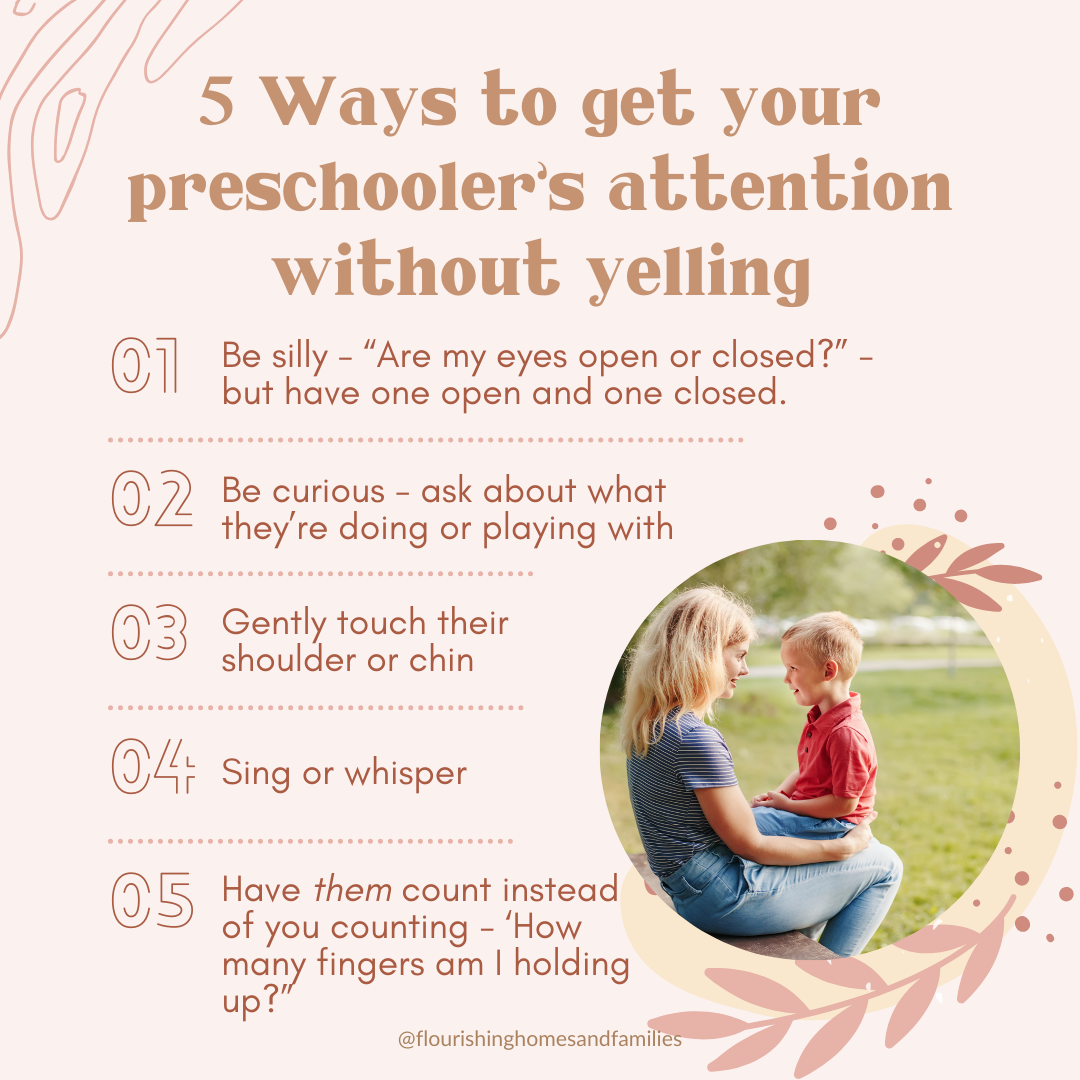
Want to learn more about Peacemaker Parenting Preschoolers? Our upcoming LIVE workshop will fill your parenting toolbox with trust-based, peacemaking parenting tools, especially for the preschool years.
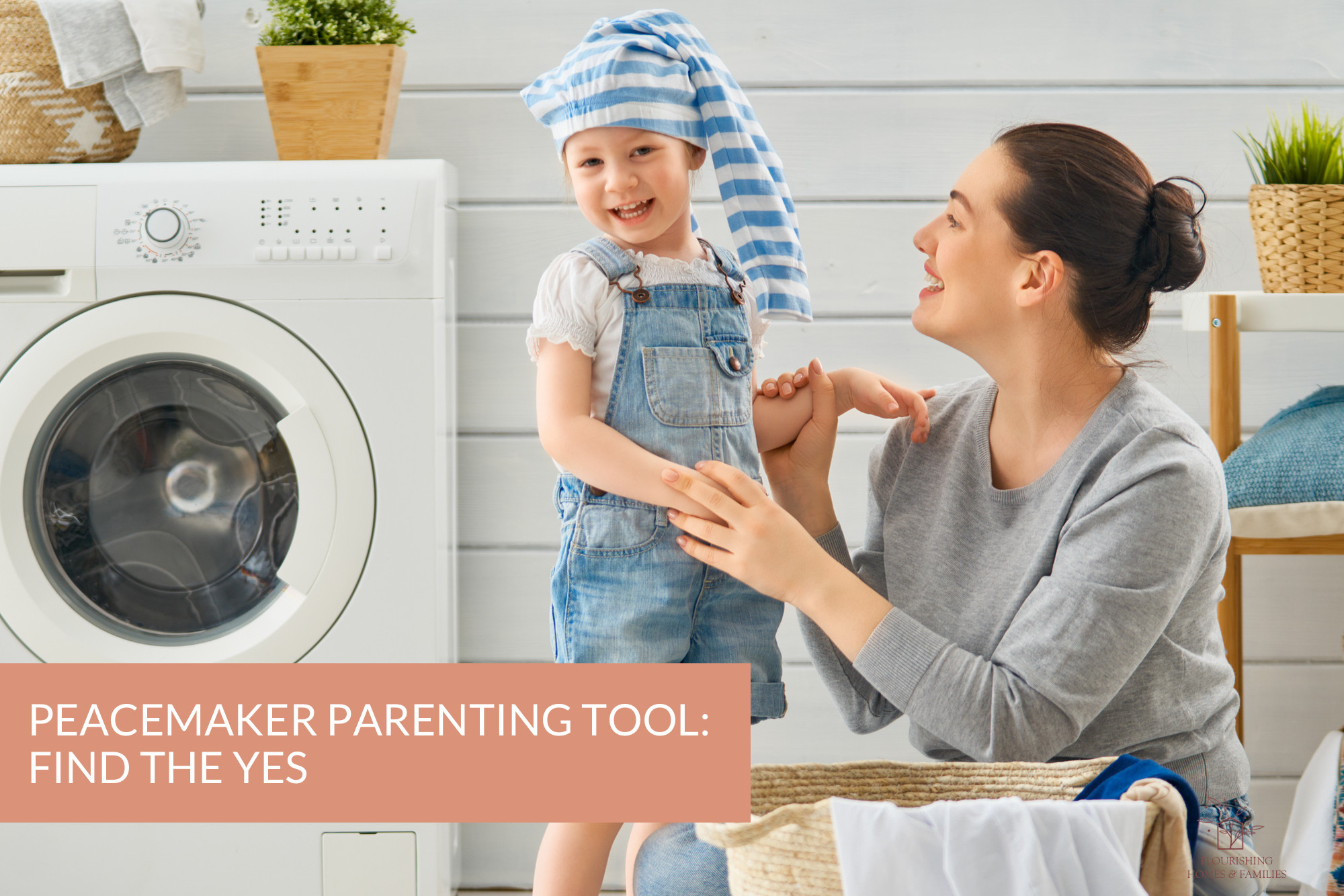
In the fast-paced world of parenting, it's easy to find ourselves uttering those familiar words: "No," "Don't," and "Stop." But did you know that these seemingly harmless words can trigger a cascade of stress-inducing reactions in both your child's developing brain and your own? In this blog post, we'll explore the power of "yes" and why telling children what to do, rather what not to do, can be a game-changer in cultivating harmony in your home.
THE SCIENCE BEHIND "NO"
When we constantly resort to "no," we unwittingly release a slew of stress-producing hormones and neurotransmitters in both our children's and our own brains. These chemicals can immediately interrupt crucial brain functions, leading to diminished logic, reason, language processing, and communication. To make matters worse, a disapproving frown when saying "no" can release even more stress hormones, contributing to increased anxiety and irritability. Ultimately, this can undermine the precious bonds of connection and trust between you and your child, which ultimately can result in more power struggles!
THE SCIENCE BEHIND "YES"
Of course, we're not suggesting that you should never say "no" to your child; that's simply unrealistic. No is a complete sentence and children do need to learn it! (Though you may have noticed your young child has most definitely learned the power of "no!" and you hear it quite often!)
Rather than relying on "no", we suggest a powerful alternative: the art of finding the "yes" and telling your little ones what to do rather than what not to do.
Here are some practical examples to illustrate the shift:

THE PATH TO PARENTING AS A PEACEMAKER
"Find The Yes" is just one of the valuable tools we're excited to share in our upcoming Peacemaker Parenting Preschoolers workshop this month. If you're THE parent of a 3-5 year old who is seeking to parent with peace and purpose while breaking generational cycles of harsh parenting and physical punishment, this workshop is designed specifically for you.
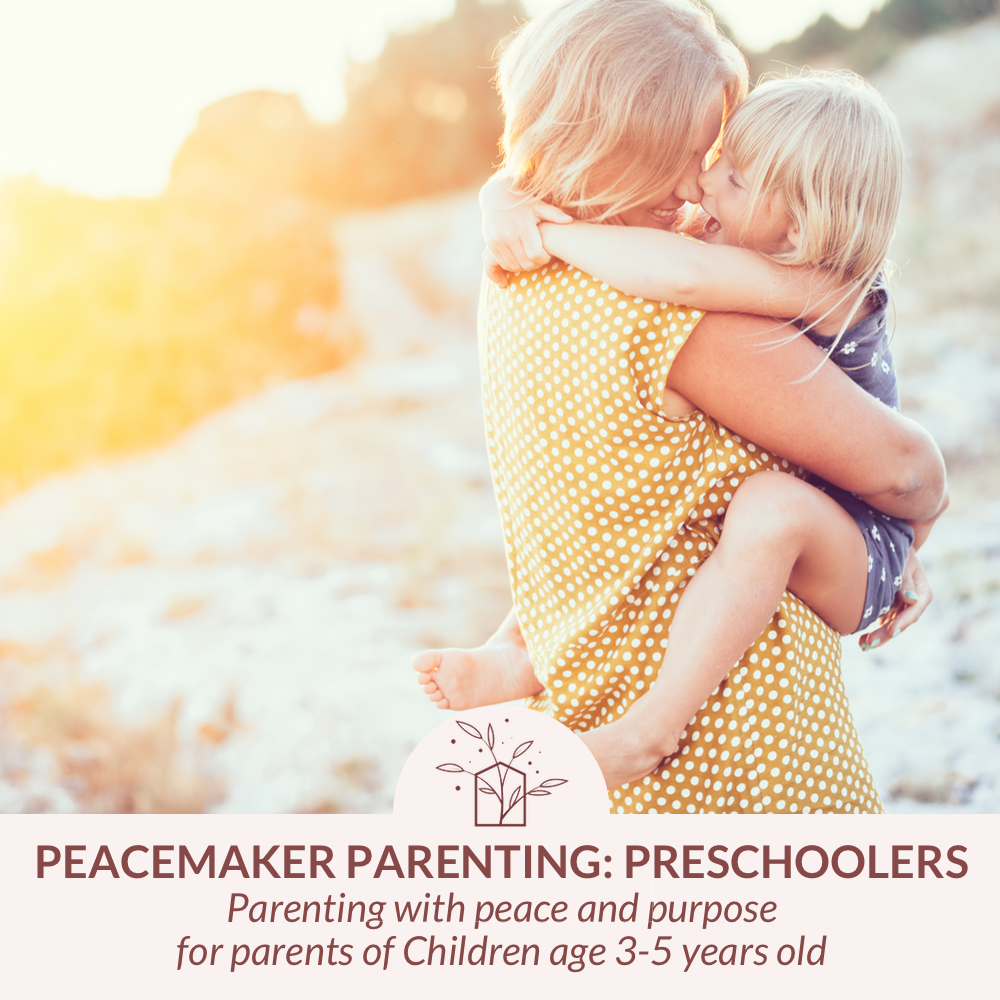
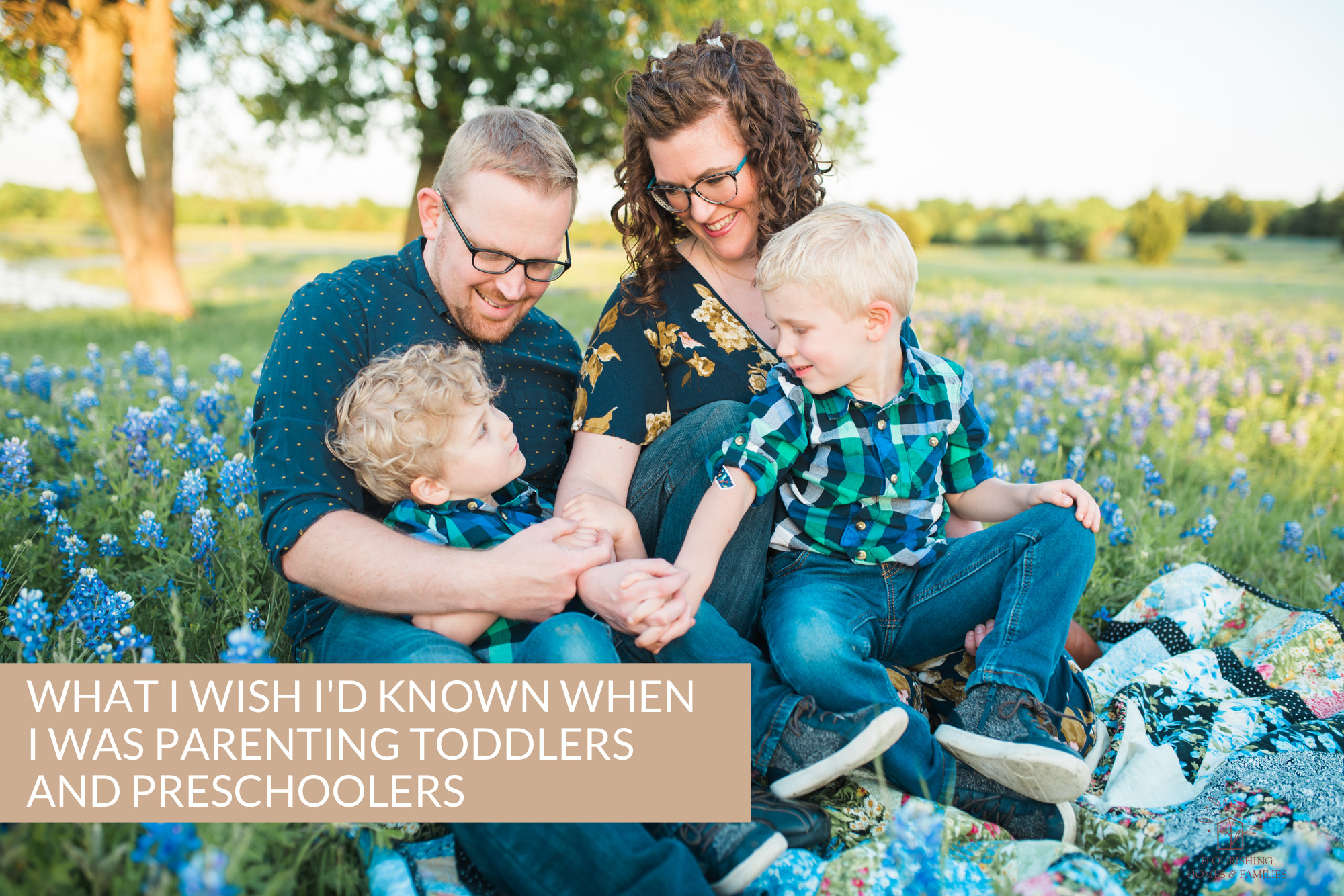
As I write this my boys are staying up a little late to read. Elijah (7.5) is reading a LEGO Ideas book and Ezra (9) is Charley and the Chocolate Factory. There's a soft glow peeking under their doorway, and as I reflect on this day I can't help but think of what bedtime looked like a few years ago, anyhow desperately I longed for them to go to sleep so I could...just breathe.
I'm filled with gratitude for the years of hard work David and I put into learning to parent with gentleness, grace, and peace. The toddler and early preschool years were especially difficult for me (hello postpartum anxiety), and there were plenty of times I said "I can't do this anymore!"
But here we are years later, and our entire family has affectionately started referring to this summer as "The Summer of Peace." Our home is filled with peace, even as we navigate big changes for our family and while David and I finish the manuscript for our book. These are the days I longed for, hoped for, and prayed for when our boys were young. And as I reflect on those early years, there are a few things I wish I'd known.
What I Wish I'd Known When I was Parenting Toddlers and Preschoolers
- I wish I had known that the fruit of my labor would show up sooner than I thought, and in the most unexpected ways. I saw little glimmers of it every now and then, like when our then three-year-old told his two- year-old brother, "You're in my space, please play somewhere else." and the two-year-old replied, "Oh okay!" and moved to the other side of the train table. But many times it felt like my efforts were in vain because I didn't see that much fruit as soon as I wanted. Looking back, the peace, honor, emotional intelligence, assertiveness, and teamwork that we cultivated actually did reap a bountiful harvest! But not always, and not perfectly. And I wish I hadn't expected it to be always or perfect.
- I wish I had known that I would never regret choosing to parent with gentleness and peace. When my children were younger I had a lot of fear of messing them up. We started out spanking and parenting pretty traditionally, and were very quickly convicted that treating children as less worthy of honor, respect, and protection than adults was not aligned with the way of Jesus. But even with strong convictions, I still feared it wouldn't "work". I wish I had known then that I would never regret treating my young children with honor and dignity. Watching them grow in honor and respect, not out of fear but out of love for others, has been a beautiful journey.
- I wish I had known that laying a foundation of trust creates a safeharbor for complex conversations. As our children get older, conversations become more challenging. Because we worked so hard to become safe for our children no matter what, they know that tricky and complex conversations are inherently safe to have with us. It doesn't necessarily make those talks easier or less uncomfortable, but it does create safety and vulnerability. Trust really is the key that unlocks healthy, flourishing relationships.
- I wish I had known that I would enjoy collaborating with my kids. There is so much pressure on parents to control their child's behavior, and when they were small I felt that pressure heavily. Looking back, I wish I had known how truly delightful it is to problem-solve and collaborate with kids. They're naturally creative and curious, and they come up with some of the most out-of- the-box solutions to problems. Letting go of my desire to control them and their actions freed me to enjoy them for who they are, and it allowed me to genuinely appreciate their problem-solving skills.
- I wish I had known that connection is correction. We've heard it many times from many places: connect before you correct. And there's wisdom in that for sure. But it took me a long to recognize that connection is a form of correction because it models for our children what we expect from them. It models conflict resolution, reconciliation, emotional regulation, and kindness in the face of adversity. Is it the only form of correction? No. But it is probably one of the most under-appreciated ways of correcting a child's behavior, and I wish I had realized its power long before I did.
If I had to do it over again, here's why |would:
In general I don't like using my children as examples of why Peacemaker Parenting "works" They are not my report card, they're not my trophies to show off. They are their own people, and ultimately they do and will get to make their own choices. So I hesitate to share their stories too publicly. Yes, we enjoy a beautiful, trust-based relationship. Yes, they are generally well-behaved kids. Yes, they know how to bring peace to their own conflicts and rarely need us to coach them through fights or disagreements. But none of that is why I'd choose Peacemaker Parenting again. Rather - it is because parenting with peace and gentleness forced me to confront my own emotional immaturity and surrender it to Jesus. It tested how deeply I trusted Jesus to be my source of peace, my identity, and my strength, and it helped me realize just how truly gracious He is to me.
If you're in the thick of it with toddlers, I want to invite you to join our next workshop: Peacemaker Parenting Toddlers. It's specifically geared at providing a model of Jesus-Centered parenting for parents of 15-36 month old children, but the truths and tools will be applicable for preschoolers and early childhood as well.
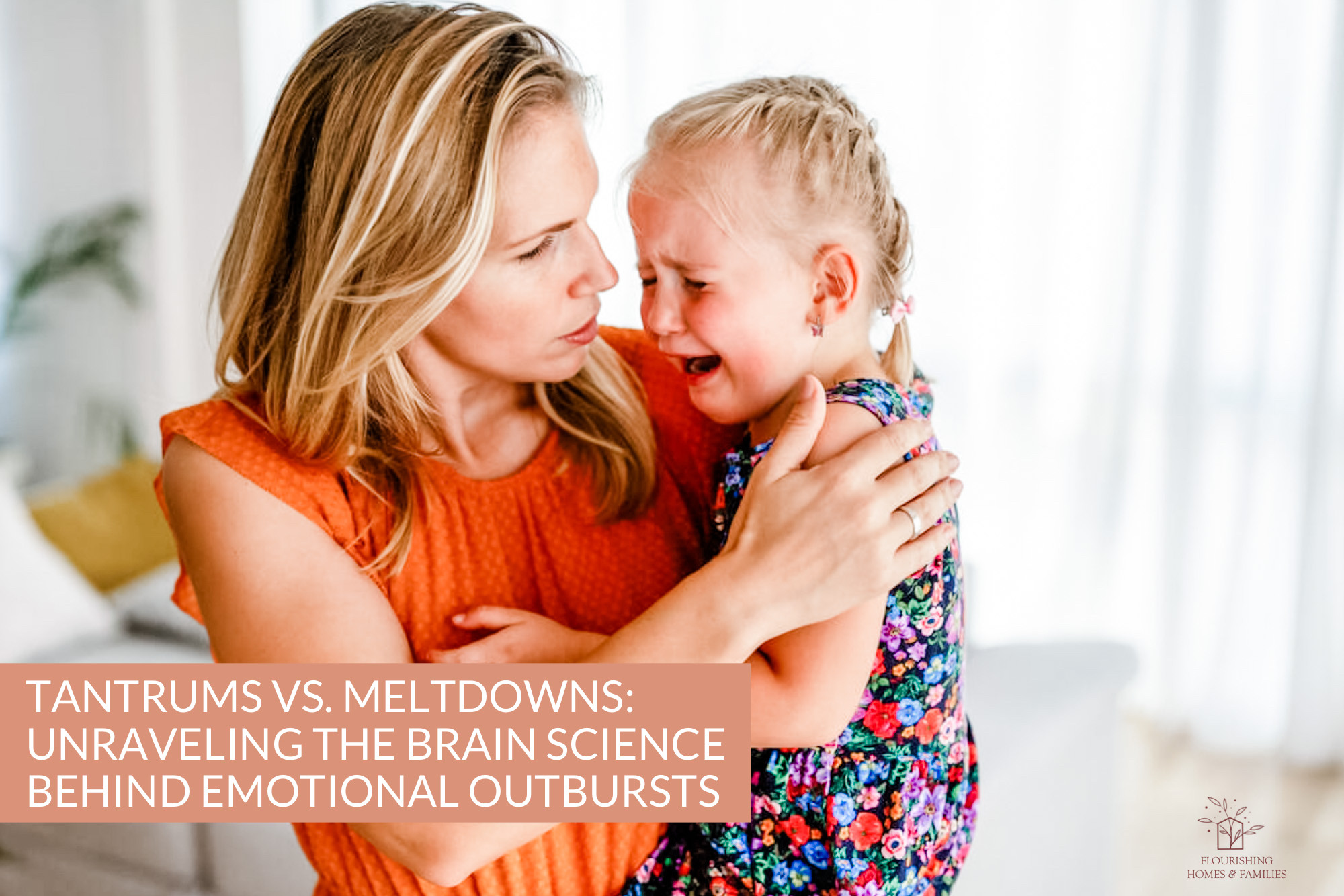
Parenting is an incredible journey filled with ups and downs, and one of the challenges many parents face is understanding the difference between a tantrum and a meltdown. While these terms are often used interchangeably, it is crucial to recognize that tantrums and meltdowns arise from distinct emotional processes within the brain. In this blog post, we will explore the brain science behind these two phenomena, shedding light on their differences and providing insights to help parents respond effectively.
Understanding Tantrums
Tantrums are commonly observed in young children and are often triggered by frustration, fatigue, hunger, or a desire for autonomy. From a neurological perspective, tantrums involve the brain's prefrontal cortex, which is responsible for reasoning, impulse control, and emotional regulation. During a tantrum, this part of the brain becomes overwhelmed, impairing the child's ability to manage their emotions effectively. As a result, children may exhibit behaviors such as screaming, crying, hitting, or kicking as a way to express their distress.
Understanding Meltdowns:
Meltdowns, on the other hand, occur in individuals across various ages, including children and adults, and are commonly associated with conditions like autism spectrum disorder or sensory processing difficulties. Unlike tantrums, which are typically triggered by external factors, meltdowns are often a response to sensory overload or emotional overwhelm. During a meltdown, the brain's amygdala, which is responsible for processing emotions, becomes overstimulated, leading to a fight-or-flight response. This heightened state of arousal can manifest in intense emotional and behavioral outbursts, including crying, screaming, hitting, kicking, or withdrawal.
Differentiating Tantrums from Meltdowns:
- Triggers: Tantrums are usually triggered by unmet goals, specific events or frustrations, such as not getting a desired toy or being told "no." Meltdowns, on the other hand, are often triggered by unmet sensory or physical needs, sensory overload, emotional overload, or a combination of both.
- Emotional Control: During a tantrum, children may still have some level of emotional control, even if it is limited. They may pause their outburst when distracted or when their needs are met. In contrast, individuals experiencing a meltdown struggle to regain emotional control, as the heightened state of arousal overwhelms their ability to self-regulate.
- Duration: Tantrums are generally shorter in duration and can subside relatively quickly once the child's needs are met or when the frustration is resolved. Meltdowns tend to last longer and may take a significant amount of time for the individual to recover from the emotional and sensory overload.
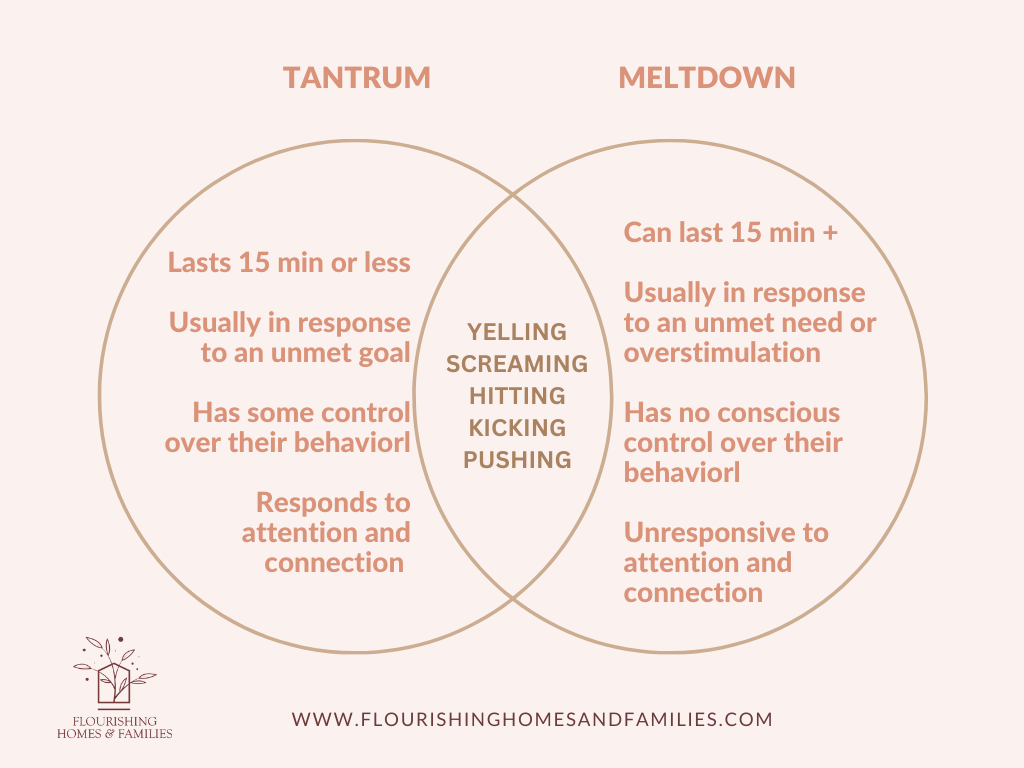
Supporting Children during Tantrums and Meltdowns:
- Emotional Regulation: For tantrums, it is crucial to provide a calm and supportive environment, offering comfort and understanding to help children regulate their emotions. Even when holding boundaries, giving empathy and being a calm presence can help your child learn to process disappointment and frustration. Depending on what initiated the tantrum, redirecting their attention, offering choices, or engaging in soothing activities can be effective strategies.
- Sensory Support: During meltdowns, creating a sensory-friendly environment can help reduce the overwhelming stimuli. Providing a quiet space, offering comfort items like weighted blankets or headphones, and using calming sensory tools can assist in managing sensory overload. Other children may need sensory-friendly environments that allow them space to move their bodies. A Throw basket, mini trampoline, or heavy work ideas can help support their big body needs.
- Empathy and Connection: Regardless of whether it's a tantrum or a meltdown, offering empathy, and connection is essential. Validating the child's emotions, actively listening, and providing reassurance can help them feel understood and supported.
Understanding the distinction between tantrums and meltdowns empowers parents to respond with empathy and effectiveness. By recognizing the brain science behind these emotional outbursts, parents can adapt their approach and provide the necessary support to help their children regulate their emotions and navigate challenging situations.
Want to learn more about parenting toddlers with peace and purpose? Our upcoming workshop, Peacemaker Parenting: Toddlers is for you. You can sign up to be notified when registration opens here.
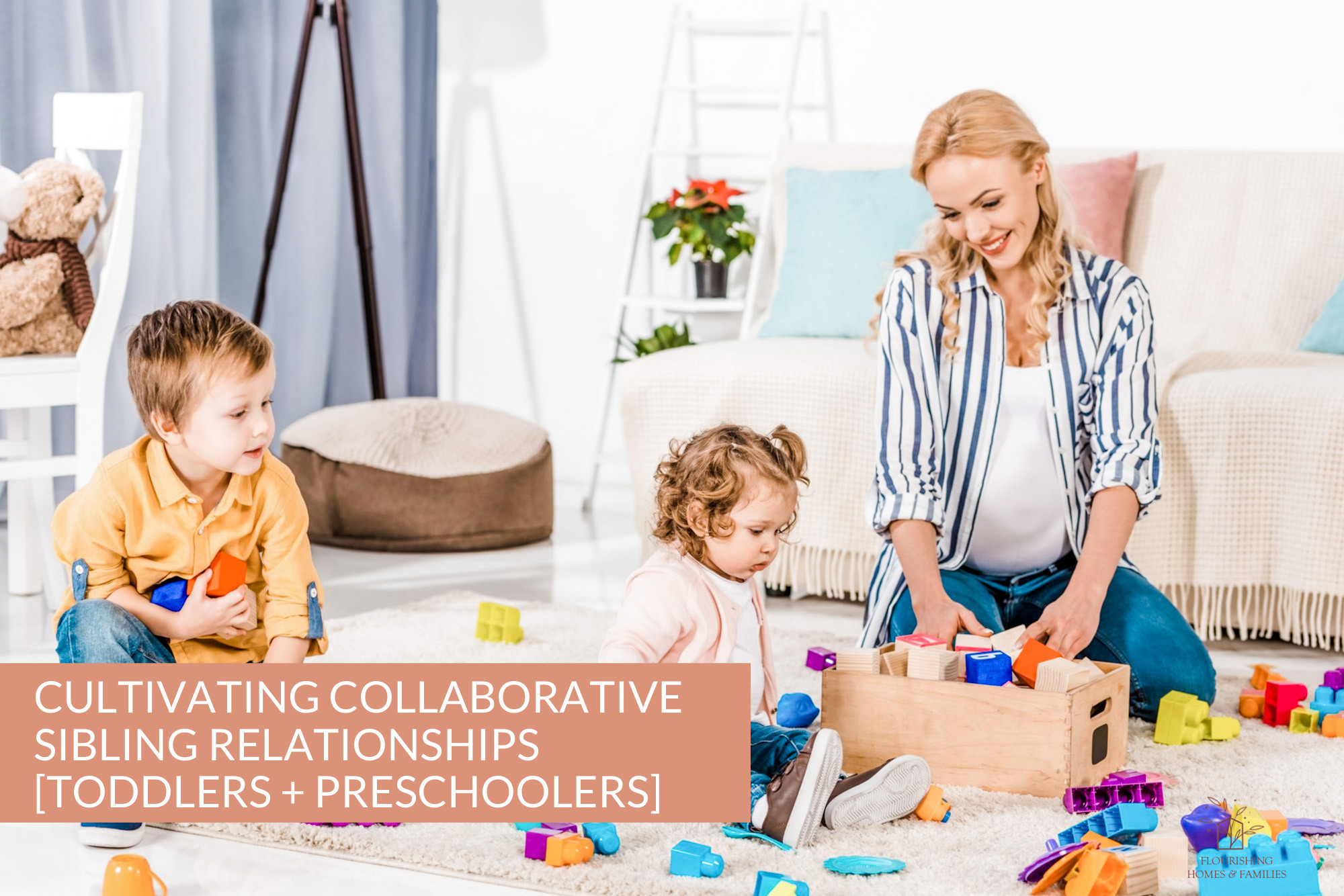
Summer is an exciting time–the idea of having the kids home more feels really sweet and sentimental…but then there is the real-life part of that is how they interact with each other.
In a home where peace is a core family value, it is really important to cultivate those peace-loving relationships beyond just parent and child. The goal is for those peace-making to extend into every relationship within the family.
How do we cultivate that + what does that look like?
I have found that one of the ways I love to promote peace in our home is by seeking out collaboration over competition wherever possible.
I’m not saying that competition is a bad thing, but for a peaceful sibling relationship, collaboration abilities are pretty key. The two ways that work best to promote this collaboration specifically among my children and their relationships with one another are through collaborative games and collaborative tasks.
Collaboration is more than just “My kids aren’t at each other's throats today so that’s good!”
It is a vital tool that is necessary for children to have in order to ensure peaceful relationships.
I LOVE collaborative games because they're fun, calm, and have a clear direction my kids can pursue together. There is less fuss at the beginning and end because there isn’t a concern about winning or losing. The attitude is generally happy and the instructions/expectations are clear for each player because it is still within the rule set of a game.
Peaceable Kingdom makes some excellent Collaborative games (especially for toddlers + preschoolers) that we love and play regularly in our home. Here are a few…
- Monkey Around: My kids have a bawl playing this! I love the use of pictures on the cards because the game is geared toward kids as early as age 2 but the familiar pictures allow toddlers + preschoolers who can’t read yet to be able to play *mostly* independently without an adult. It has been the source of a lot of good bonding time for my 2! Check out Monkey Around here.
- Acorn Soup: This became a very fast favorite when my kids were 2 + 3 years old! There is so much room for creativity and even though there is a designated goal (to make a soup according to the recipe on the card) my kids really like to role-play that one of them needs a meal and the other is happy to serve it. Check out Acorn Soup here.
- Best Dressed Banana: If you have kids who love to be goofballs–this is a game they just might love! Humor is a great tool for kids who need a little help in their relationship. There is nothing intense about this game–rather it is silly and encourages compliments + creative thinking. A win-win! Check out Best Dressed Banana here.
- Hoot Owl Hoot and Dino Escape: For kiddos who like a challenge, but who struggle with losing, Hoot Owl Hoot and Dino Escape are two games that have a strong challenge and goal in mind, but that promote collaboration and teamwork. Both of these games have just enough chance involved to make it fun, but they do require paying attention and promote critical thinking too. Check out Hoot Owl Hoot here. Check out Dino Escape here.
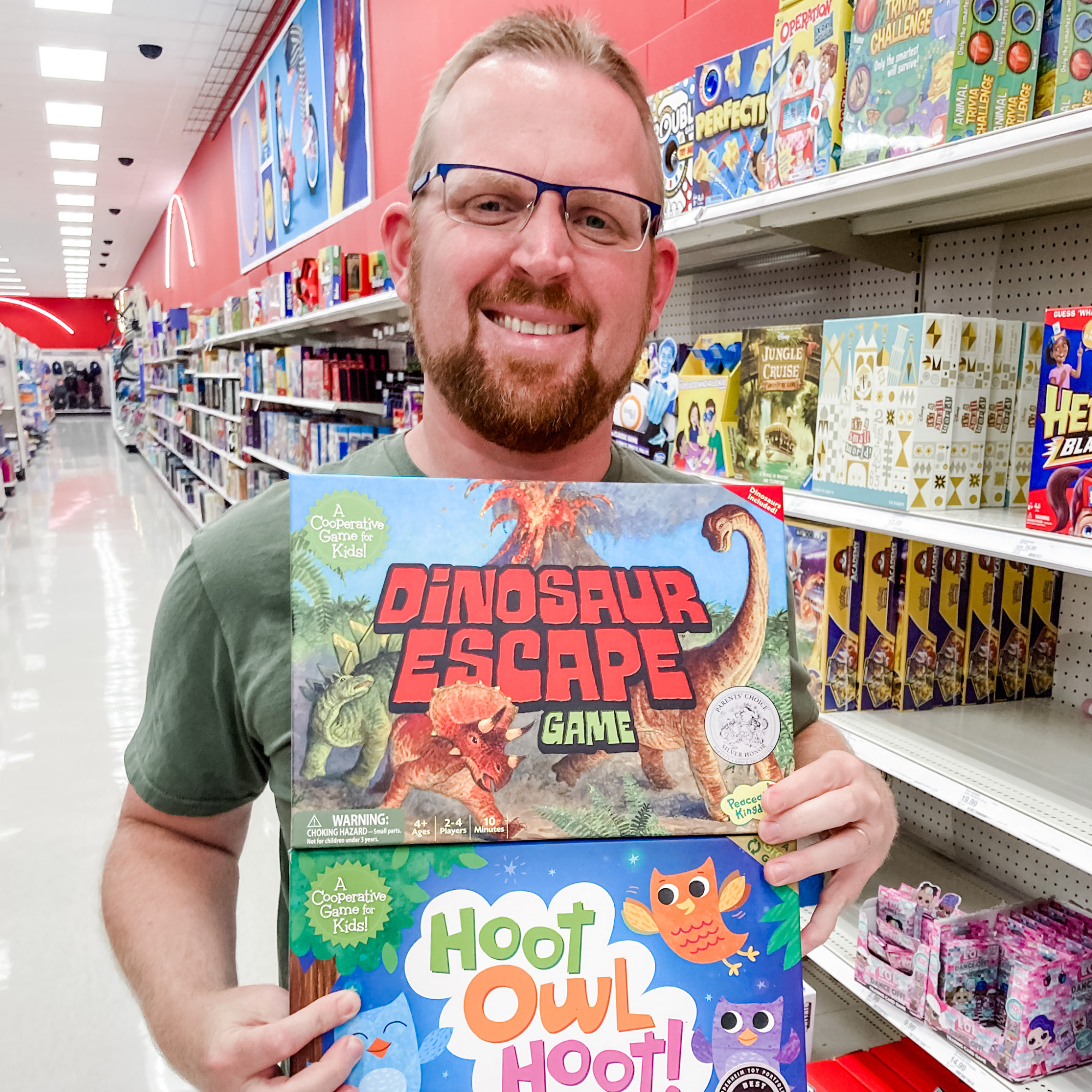
We love these two so much we frequently give them as gifts!
Collaborative TASKS are another tool that encourages sibling unity.
This may really depend on paying some attention to the personalities of your kids as you seek to find these opportunities, but for us, some examples are:
- Floor puzzles: Melissa + Doug make good quality floor puzzles that my preschool-aged kids can do together! I’ve found that the smaller puzzles are tougher for little kids to work on together because there is less “me space” for each kid and both of my kids like to have their own workspace. Larger floor puzzles allow them to work together but also have some space.
- Chore time: Chores, or family contributions, are a regular thing in our house, but rather than me delegating every single thing, I’ll often list the things we need to accomplish and let the kids figure out how they can work together on something while I work on something myself. This isn’t always the biggest hit, but it is something we are intentionally working on and is teaching valuable skills of teamwork even on the harder stuff and also enjoying the satisfaction of a job well done together.
- Group art: We really enjoy art in our family–watercolor and dot marker art are two favorites in our home right now! Initially, for our scheduled art time I would set the kids up independently with their own art supplies, but recently I started using large classroom post it paper and having the kids work together on art projects. The dot markers are especially great for this sort of thing. It is a similar concept to the small puzzle vs floor puzzle thing. Sharing a small piece of paper would be a nightmare, but having more space to work together is really great a lot of the time. Sometimes I’ll draw a few tree trunks and branches all over the paper and encourage them to fill it in with leaves and different fruit to create their own orchard. That’s a favorite right now!
Do you have something that you’re intentionally using to cultivate unity between your littles right now? We’d love to hear it! Add to the conversation in the comments or post to social media and tag us so we can feature your tips. And if you haven’t already, be sure to check out our workshop specifically aimed toward siblings. We know you’ll love it!


